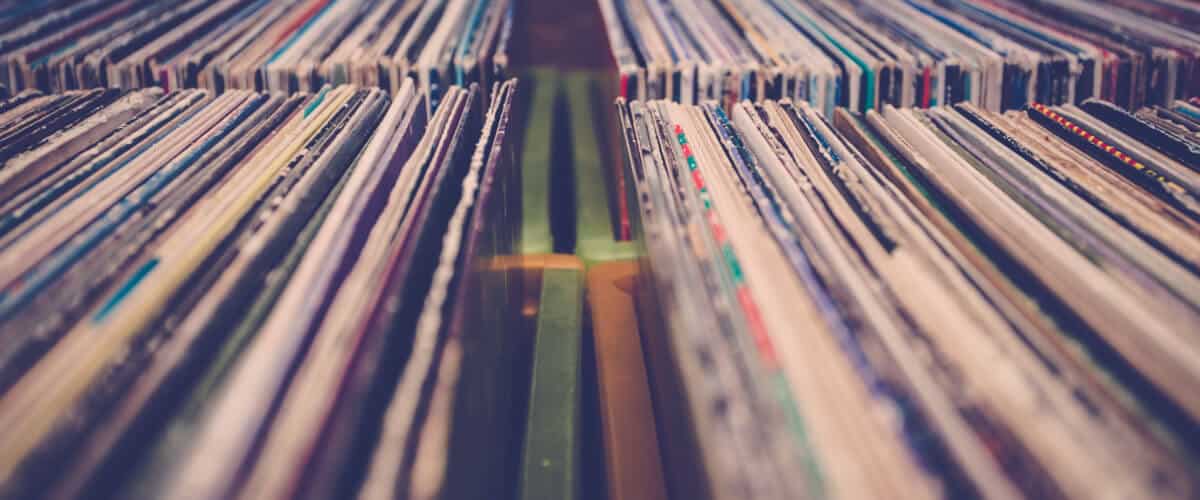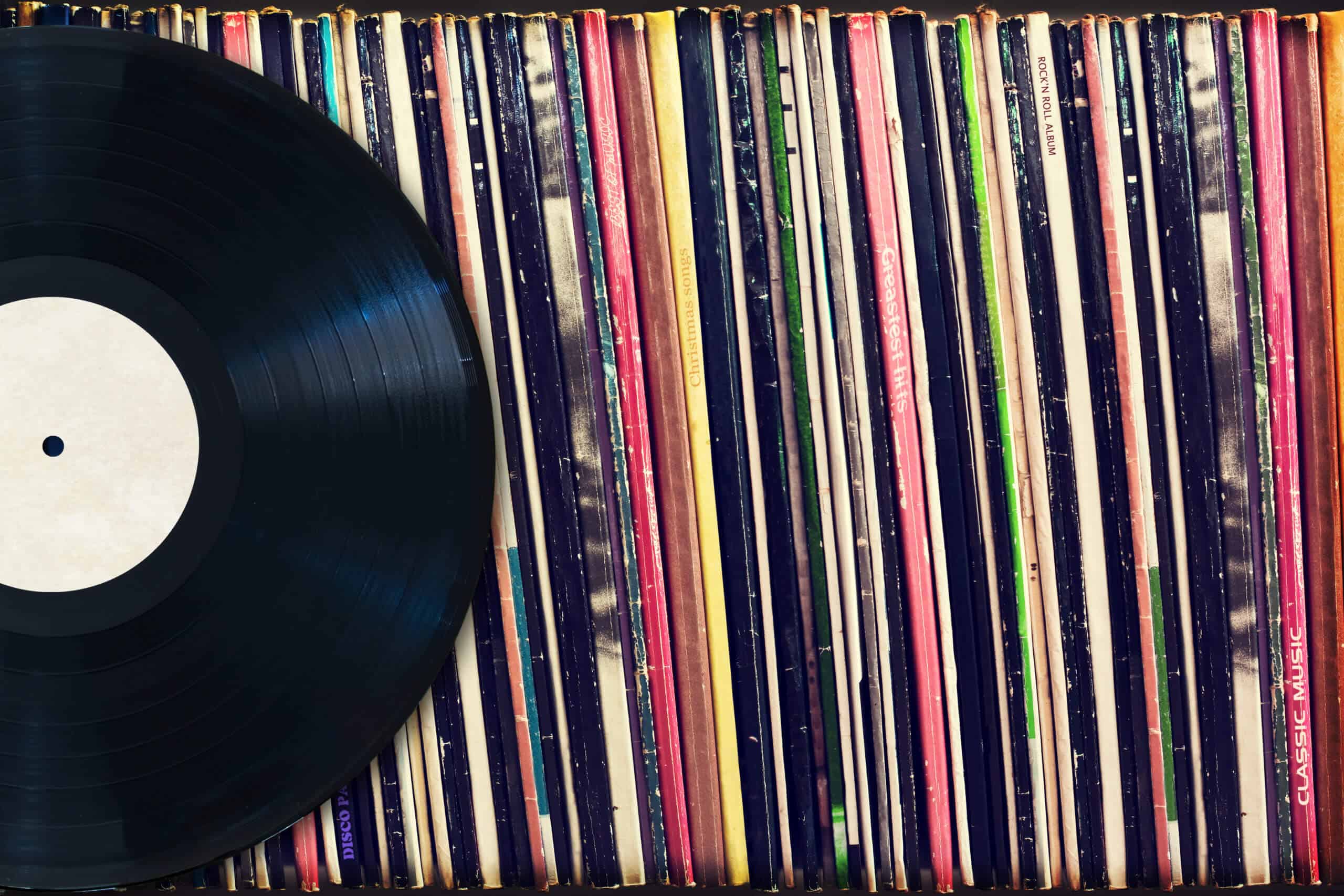What is the difference between EP and LP? We go in depth on the record industry's two most popular ways of listening.
It’s safe to say that music does not stop at just the recording of creative material and releasing it online for all the world to listen to. It is crazy how much I am asked: “Isaac, what is the difference between an EP and an LP music project?”
The answer is pretty wide in form. Musicians and fans everywhere, have yet to distinguish the difference between the music projects.
So, what is truly the difference? To understand the basis of the different musical projects, history must play an important factor.
Overall, the terminology or definition of either EP or LP is truly based on the artist’s perception, budget, marketing, and the maximizing of artist revenue.
LP
According to LedgerNotes.com, LP stands for Long Play. In past decades LPs were distinguished as the standardised 12-inch diameter photogenic record, played at the speed of 33.3 Rpms through vinyls.
The LP was introduced to the public in 1948 by Colombia and quickly became the music standard.
From a timeframe of 15-22 minutes per side, an LP album would range from 30-44 minutes in full duration. This notion was continued and adopted through the implementation of cassette tapes and compact discs.
Dissected in further detail, the duration meant that an LPs could consist of 10-12 songs each consisting of 3-3.5 minutes in length. This became an artist standard still used heavily today.
However, in today’s modern music world, it is simply referred to as a full-length album with the standard full duration varying due to the online consumer digital audio format.
Some artists produce an album with fewer songs, others will have an album with more songs. Many artists, through SoundCloud and other music sharing sites, only release singles often seen through the electronic music genre.
The notion of a ‘specific number’ indication of LPs has been altered.
EP
An EP stands for Extended Play. In the past and through modern music, many artists and labels classify this project as a “mini-album” which could be half the length of an LP.
The EP format was introduced by RCA Victor in 1952, as the 10-inch format was meant to be played at 45 RPM’s having about 7.5 minutes of audio on each side of the vinyl. Artists then and now prefer the EP format.
Reasons such as budget, appealing to current trends, and time creates the notion of making music content easier for artists.
Today, the usual length of an EP follows the range of 3-6 songs with a 15–22-minute duration.

My second EP consisted of seven songs with a timestamp of a little over 22 minutes, although extended over the requirements or project boundaries of an EP, it leans more toward the Extended Play than Long Play.
However, are there other reasons why artists today decide over EP’s rather than LPs in music creation?
Reasons for EPs
With the constant desire of growing fan bases, artists must constantly keep creating new content in this rapidly moving online hemisphere.
This notion of putting out consistent content means that EPs are cheaper to produce, record, and promote to target audiences.
All of this work and effort would lead up to a grand debut album (LP) once the fan base has grown to a substantial amount.
When dealing with labels, artists would venture into (for example) two-year contracts as a record deal.
Due to many situations, artists can release EPs rather than albums to fulfil their contractual agreements instead, thus more room to experiment with different genres, collaboration, and images.
Some artists consistently create content without an intention of consolidating them into an LP or EP format.
Artists will spontaneously release a collection of paired songs for simplistic and subtle purposes, without the grand gesture of releasing a huge well-orchestrated 12-track project. It is important, however, that artists keep in mind the EP and LP expectations of music streaming sites.
Platforms such as Spotify and Apple Music have qualifications for distinguishing between an EP and an LP.
If deemed important to the artist, the artist must research the proper regulations and guidelines for releasing these forms of projects on these particular music streaming outlets.
So, from an artist’s perspective, the debate is pretty straightforward. Through the development of the music industry, the terms are used very lightly.
Releasing EPs until the artist has reached a strong financial position and has generated a heavily interactive fab base, is crucial. An artist must make strategic decisions on releasing music and how through a marketing lens, as well as a creative lens.
Music listeners will be more than happy to celebrate the journey with them and will be there with them every step of the way.
Photos: Shutterstock
Support us!
All your donations will be used to pay the magazine’s journalists and to support the ongoing costs of maintaining the site.
Share this post
Interested in co-operating with us?
We are open to co-operation from writers and businesses alike. You can reach us on our email at cooperations@youthtimemag.com/magazine@youthtimemag.com and we will get back to you as quick as we can.










